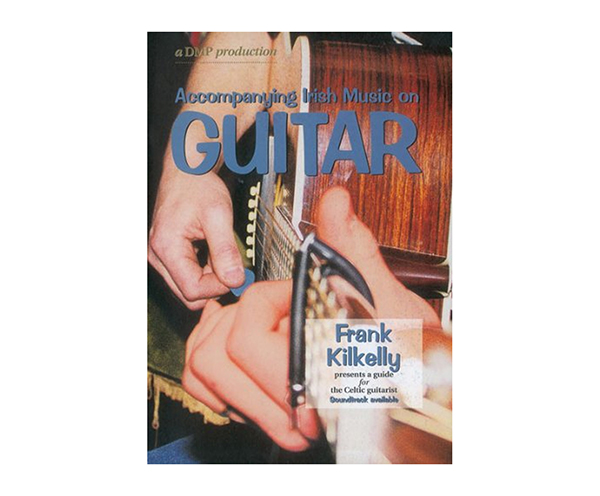https://jdih.sumbawakab.go.id/ https://perpus.pn-wates.go.id/ https://si-asik.tubaba.go.id/assets/kygacor/ https://surat.sumbawakab.go.id/upload/
It is designed for those who have a basic grasp of some chords and some strumming ability on the guitar. I don't assume that you know much about the structure of Irish music and so this book will also be of use if you are a competent guitarist in other styles.
The accompaniment of Irish dance music has come a long way since the first attempts in the 1920s and today there is a rich diversity of styles. Use of the guitar for accompaniment has rapidly increased since the '70s, when people like Mích al Ó Domhnaill and Paul Brady introduced new ways of playing. However, very little has been written about this developing art and so I decided that it was time to present this book, an introduction to a handful of popular styles.
This book and companion recording give an insight into some of the many guitar styles that have been developed to accompany Irish music.
By the word style, I refer to a combination of the choice of tuning, chords, right hand strumming & picking pattern, tone, etc. Several styles of accompaniment are introduced and explained in a way that is designed to help improve the developing players' analytical skills,
making further exploration easier. I introduce four different tunings and several different ways of playing in each tuning. I couldn't hope to present an exhaustive range of styles and I have not attempted to create a complete directory. However, by analysing the styles I have presented, I cover all of the elements that go into making any style, thereby leaving you better equipped to both develop your own style and figure out the subtleties of any other style you may come across. For example, the factors that make up a particular strumming style are the plectrum gauge, the way the plectrum is held, whether the movement is from the wrist or the elbowor a combination of boththe level of attack, the angle of the plectrum to the strings, the striking position along the stringsnear the soundhole or the bridgeand so on. By
being aware of these variables, we can take a more pro-active learning approach and the process becomes less of a hit-and-miss affair.

 (1).jpg)





